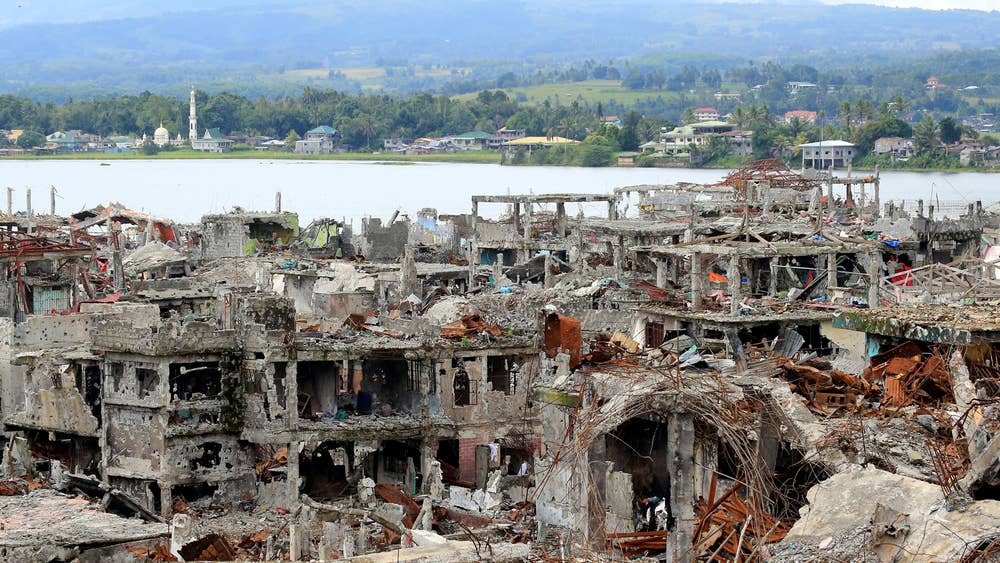Displaced Marawi folk may spark rebellion
By ASA T. MADALE
February 5, 2019

MARAWI CITY: A Supreme Court justice warned Tuesday that preventing displaced residents of war-ravaged Marawi City from returning to their homes could give birth to a new breed of rebels, a media report said.
Supreme Court Senior Associate Justice Antonio Carpio, who was able to visit ground zero or most affected area by the fighting in Marawi last year, said there are large groups of people being prohibited from returning to their homes because the land they have been occupying is a military reservation.
“Imagine, a large group of people whose parents, grandparents were born there, grew up there but now they are being deprived of their land. This large group would be susceptible to propaganda and influence by the ISIS-Maute group and we may have another rebellion if they are deprived of their land,” Carpio pointed out.
Meanwhile, at least 44 foreign fighters continue to operate in Mindanao, a political analyst said, while a former member of the intelligence community worried that some might be operating in Lanao del Norte and Lanao del Sur.
Dr. Rommel Banlaoi, chairman of the Philippine Institute for Peace, Violence and Terrorism Research said that at least 44 foreign fighters continue to operate in the area as documented by the Philippine army.
He feared that with the presence of the foreign fighters and the delay of the Marawi rehabilitation, the regrouping of the terrorist group would overtake peace as the “recruitment of terrorist groups [is] moving twice as fast as rehabilitation.”
“The situation [creates] a feeling of discontent, disempowerment, disappointment ... hopelessness, that [makes] those people vulnerable to recruitment,” Banlaoi was referring to the effect of the delayed rehabilitation of Marawi after the post-conflict.
They have been driven from Marawi. But now the recovery is plagued by disorder and false starts, creating one of the region’s largest and most overlooked humanitarian crises. Up to this time, it remains as a ghost town.
“The more you delay rehabilitation, the more you give them ground for recruitment,” Banlaoi said. The militants could persuade members of other disparate-insurgent groups to rally around the ideology of Islamic State, he added.
A former academician and an intelligence officer who requested anonymity said he agreed with Banlaoi and feared there might be some of the foreign fighters hiding in Lanao del Norte where the second Bangsamoro plebiscite will be held on February 6.
He feared that these foreign fighters might help disrupt the incoming plebiscite or sow terror in Lanao del Norte.
He said the Islamist forces slain in Sulu during the clash between the military and Abu Sayyaf Group on Saturday was an indication that there were still foreign fighters coddling with local terrorists.
The attack of Marawi in the 2017 siege had many foreign fighters. Among them were reportedly coming from such countries as Malaysia, Indonesia, Yemen, and Pakistan among others. (ATM/RSP)



